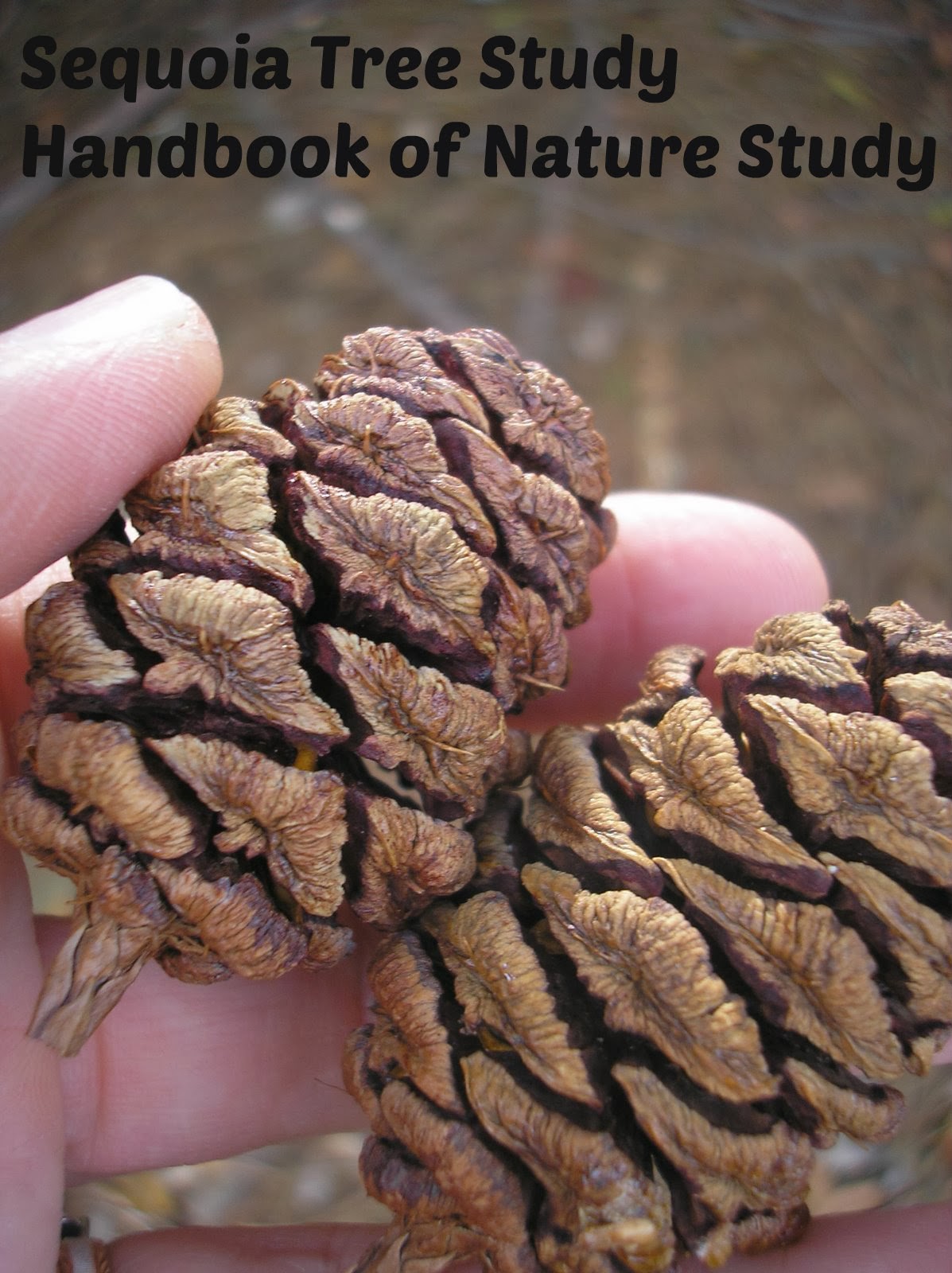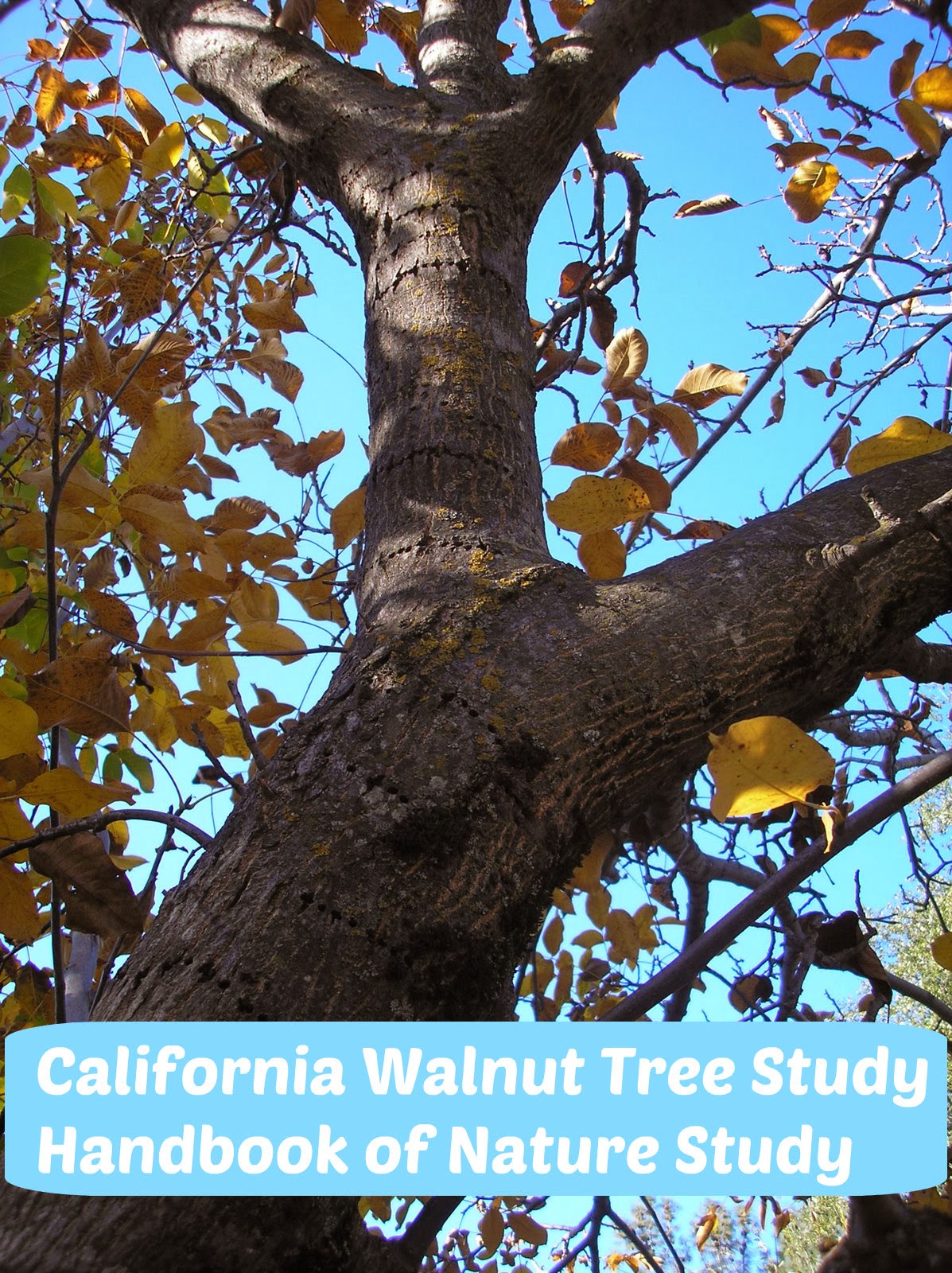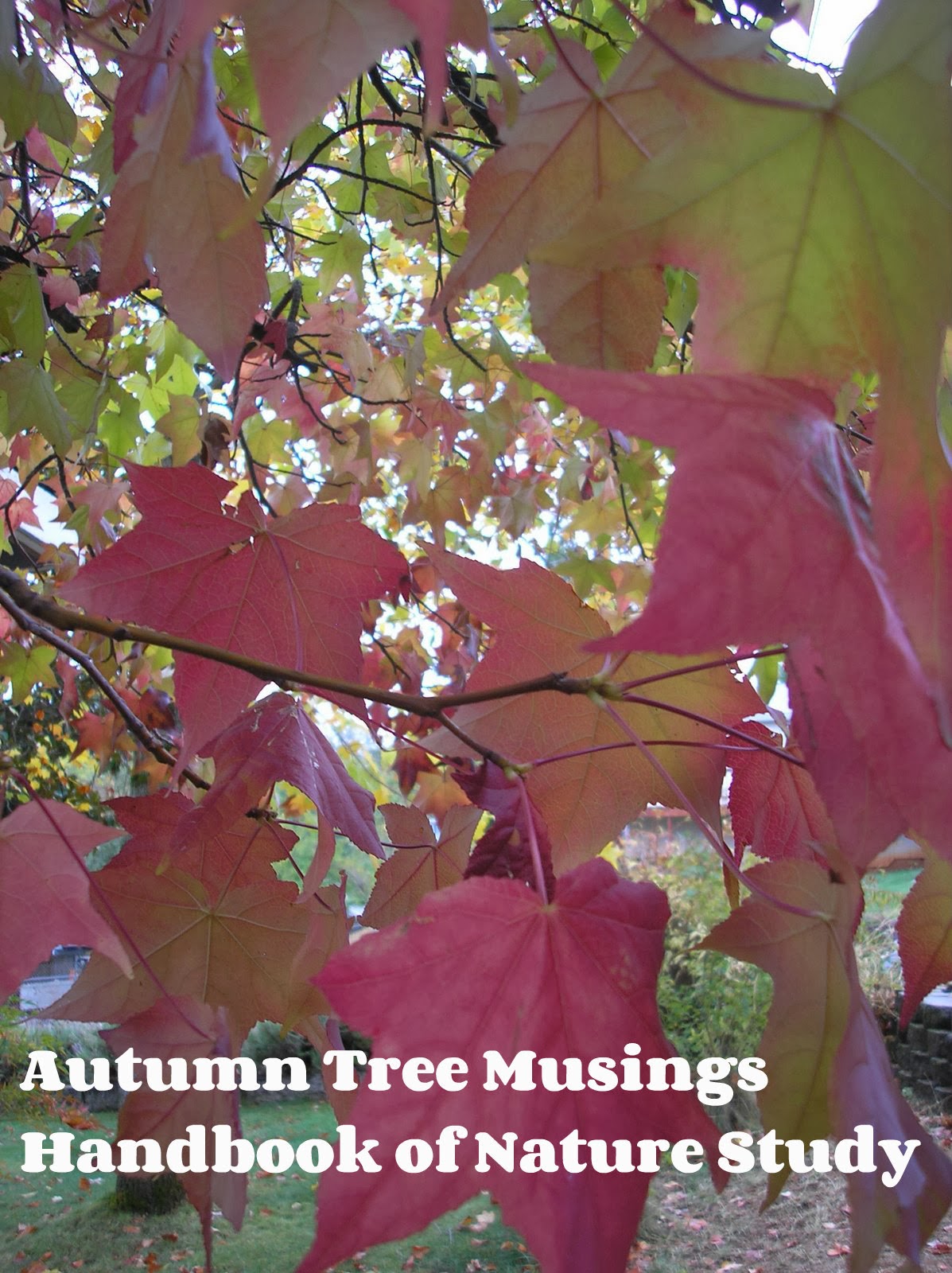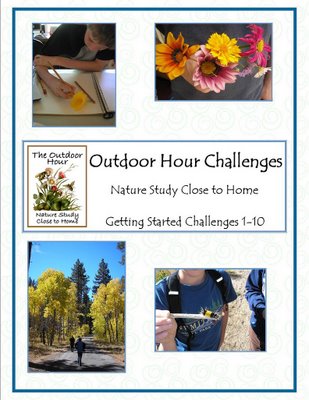We decided that our autumn study of leaves was going to be incorporated into our annual fall trip to see the colors of the aspens up in the high country of the Sierra Nevada. The trip is about 100 miles round trip from our front door but it goes through magnificent forests, by snow fed lakes, and in view of some of the most breathtaking mountains in existence.
The first leg of the trip goes through the pine forests and we thought our day had come to an end before it really started when we encountered a control burn of the forest floor by the US Forest Service. They clean out the underbrush by setting fires and then controlling the burns. It makes a lot of smoke but we were able to drive down the highway and past the fires onto our destination.
The second part of the forest is actually in Alpine County and the forests are mixed in with aspen groves to make wonderful color in the fall. You know the minute you hit this part of the habitat because you start to see the yellows, oranges, and golds of the leaves.
We have a favorite side road that has the prettiest meadow. Yes, that is my son out there taking just as many photos as I am on this day….it is awesome to share a hobby with your grown up kids.
Here you can see the shape of the aspen leaf and the trunk of the tree in all its beauty. I never tire of looking at aspens.
It was fairly cloudy this afternoon but for a few minutes the clouds parted and we had a chance to capture the blue sky in contrast to the bright yellow leaves.
We drove the next leg of the road which leads through a place called Hope Valley. This is “the” place to see fall color in our area. There were many of us lined up on the side of the road to capture the oranges and yellows and golds of the trees on the mountain. Isn’t it dreamy?
Then as we headed back around to Christmas Valley, we saw this scene. There were some people on horses rounding up a herd of cattle. Stop the car! Yes, we had to take a few photos of this and it was the perfect way to end up this part of drive.
We observed some of the leaves “quaking”. We learned from our field guide that the reason they shake that way is because the stem is flattened near the leaf and so when the wind blows they shake or quake. It sounds sort of like the ocean to me when you hear them quaking and is a nice sound. Here is a link to try: USDA Quaking Aspens.
There was more to this trip but I will save that for another post. We actually went to see the salmon spawning and there were quite a few ducks to observe as well. Stay tuned for a salmon post when that challenge comes up in a few weeks.
I also am going to post a separate entry for our leaf comparisons since this post became rather long. Stay tuned for part two. We also have picked a new tree in our backyard to observe for a year-long tree study and I will share our fall observations with the leaf post.
Today we will be working on the apple challenge but the horse challenge is still in the works.



































